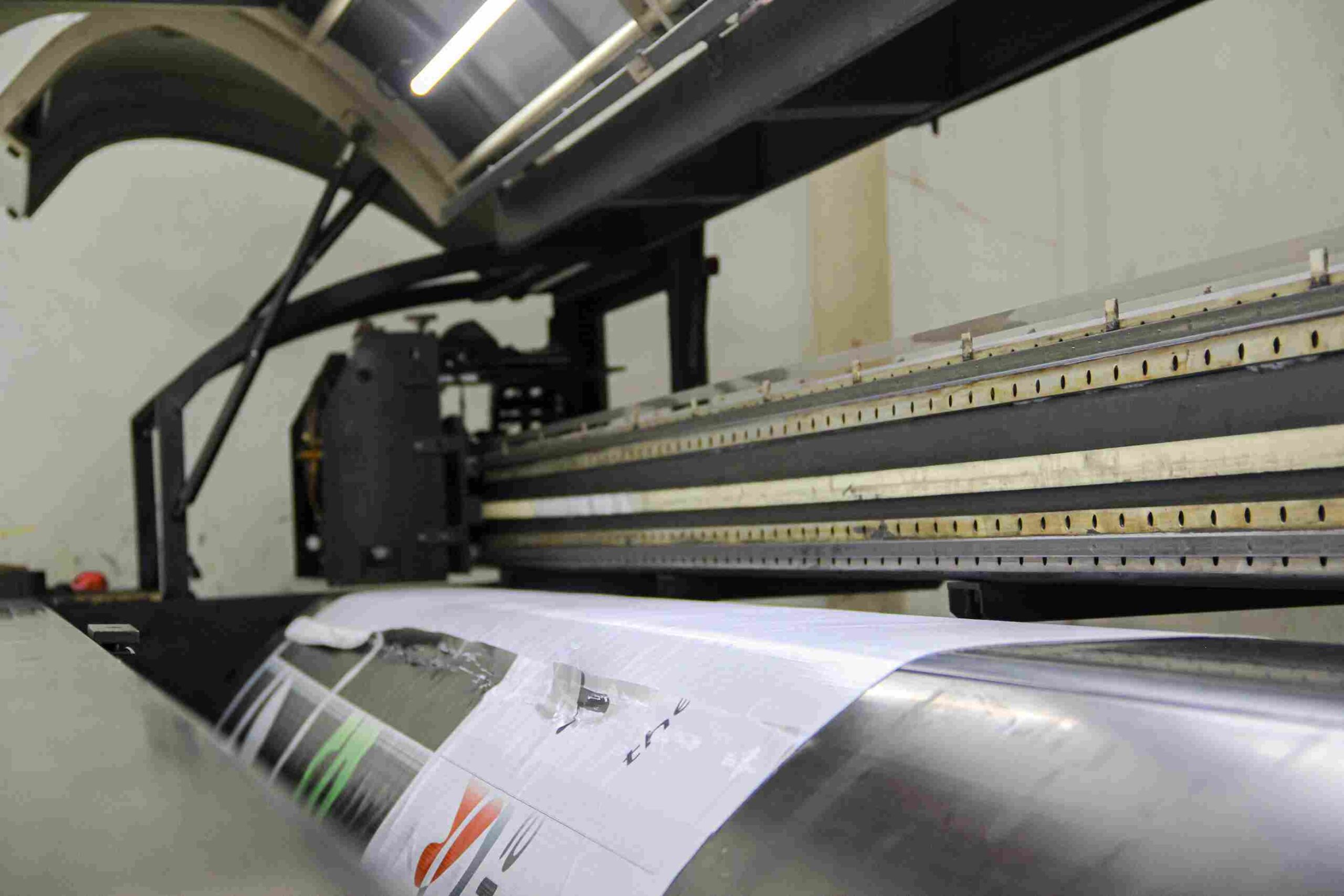Printing remains a core element of business operations, even in the digital age. Printed materials—including marketing brochures, client proposals, packaging, and internal documents—play a critical role in communicating professionalism, reinforcing brand identity, and supporting day-to-day operations.
Yet, businesses often face challenges in managing printing efficiently: controlling costs, selecting the right printing methods, and adopting environmentally responsible practices. By strategically addressing these areas, companies can maintain high-quality output, reduce expenses, and contribute positively to sustainability goals.
How Can I Reduce Printing Costs Without Losing Quality
A key concern for many organizations is How Can I Reduce Printing Costs Without Losing Quality. Printing expenses can quickly escalate due to paper, ink or toner, maintenance, and reprints caused by errors or revisions. Businesses can reduce costs while maintaining professional output through careful planning and optimized workflows.
The first step is evaluating printing habits. Many businesses print documents unnecessarily, including internal memos, drafts, and routine reports. Implementing digital collaboration tools for document review, approvals, and sharing can drastically reduce the need for physical copies. Encouraging electronic workflows not only lowers costs but also improves overall efficiency.
Printer selection also impacts printing costs. Inkjet printers are ideal for high-resolution, low-volume printing, while laser printers are more cost-effective for high-volume, text-heavy documents due to lower cost per page and faster output. Many businesses employ a mix of printer types to optimize results depending on the type of print job.
Adjusting print settings is another effective strategy. Using draft or grayscale mode for internal documents reduces ink consumption, while double-sided printing minimizes paper usage. Standardizing paper types based on purpose—premium for client-facing materials, standard for internal documents—helps control costs.
Ink and toner management is essential. High-yield cartridges and refillable systems reduce replacements and long-term expenses. Some organizations may use compatible third-party cartridges, provided quality is consistent. Routine printer maintenance, including cleaning print heads and calibration, prevents wasted materials and ensures professional results.
Outsourcing certain print jobs may also be cost-effective. Professional printing services can maintain consistent quality at a lower per-unit cost for large-volume or color-critical projects. Combining these strategies enables businesses to reduce printing costs while preserving quality.
What is the Best Printing Method for Small Businesses
Choosing the right printing method is vital to balancing cost, efficiency, and quality. Small business owners often ask: What is the Best Printing Method for Small Businesses. The answer depends on material type, volume, production frequency, and desired visual quality.
Digital printing is ideal for small print runs and quick turnaround. It is particularly suitable for marketing materials, brochures, flyers, menus, and personalized items. Digital printing allows precise control over design and color, reduces waste from outdated materials, and provides flexibility for updates.
Offset printing, by contrast, is better for high-volume printing where consistency and color accuracy are critical. While setup requires prepress work and plates, the cost per unit decreases as volume increases. Offset printing is commonly used for catalogs, packaging, corporate stationery, and large-scale promotional campaigns.
Screen printing is most effective for branded merchandise, such as apparel, tote bags, and promotional items. It delivers vibrant, durable results but is most cost-efficient for larger runs. Businesses producing event merchandise, uniforms, or giveaways benefit from the long-lasting professional finish of screen printing.
Laser and inkjet printers serve essential roles for office and administrative printing. Laser printers excel at text-heavy documents like invoices, internal reports, and forms due to their speed and efficiency. Inkjet printers produce high-resolution color output suitable for presentations, marketing materials, and design proofs. Large-format printing is necessary for banners, posters, and signage where sharp visuals at scale are required.
Selecting the best printing method involves evaluating volume, material type, cost, and quality requirements. Many businesses adopt a hybrid approach, using different methods depending on the task, to achieve optimal results efficiently.
What are Eco-Friendly Printing Practices
Sustainability has become a key consideration for businesses of all sizes. Many organizations ask: What are Eco-Friendly Printing Practices and how they can be implemented without compromising quality or efficiency.
Using recycled or responsibly sourced paper is one of the most effective strategies. High-quality recycled paper can match the performance of traditional paper while reducing environmental impact. Certifications like FSC or PEFC ensure responsible sourcing.
Eco-friendly inks are another important factor. Traditional petroleum-based inks release pollutants, whereas soy-based or vegetable-based inks reduce environmental impact while maintaining vibrant colors. These inks are suitable for marketing materials, packaging, and publications.
Energy-efficient printers reduce electricity consumption. Modern devices include sleep modes, faster printing speeds, and lower power usage. Replacing outdated equipment with energy-efficient models lowers environmental impact while improving reliability and productivity.
Waste management is essential for eco-friendly printing. Businesses should recycle toner cartridges, repurpose misprinted sheets, and collect paper scraps for recycling. Encouraging digital alternatives, such as electronic approvals, online proofing, and cloud-based document collaboration, reduces unnecessary printing.
Partnering with environmentally responsible printing vendors amplifies sustainability efforts. Suppliers that use renewable materials, energy-efficient production processes, and proper waste disposal ensure that eco-conscious practices extend throughout the printing supply chain.
By adopting these practices, businesses can maintain professional-quality printing while reducing costs, minimizing environmental impact, and demonstrating corporate responsibility.
Conclusion
Printing remains a vital aspect of business operations, but it must be managed strategically to control costs, maintain quality, and support sustainability. Addressing How Can I Reduce Printing Costs Without Losing Quality helps organizations optimize resources and minimize waste. Selecting What is the Best Printing Method for Small Businesses ensures materials meet operational and branding requirements efficiently. Finally, implementing Eco-Friendly Printing Practices reduces environmental impact and reinforces corporate responsibility.
When these strategies are combined, businesses achieve a printing workflow that is cost-effective, professional, and sustainable. Strategic management of printing allows companies to maintain high-quality output, optimize resources, and demonstrate commitment to sustainability, creating long-term value for both the business and the environment.


